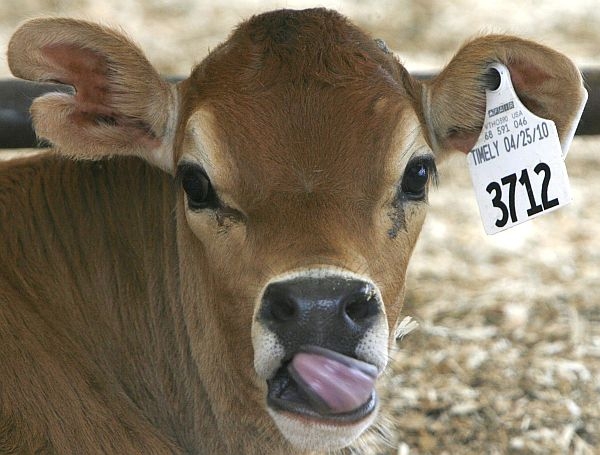 The state is looking to cut water pollution that reaches Lake Champlain by imposing new regulations on farms and by enforcing phosphorus limits on a sewage treatment plant in Waterbury.
The state is looking to cut water pollution that reaches Lake Champlain by imposing new regulations on farms and by enforcing phosphorus limits on a sewage treatment plant in Waterbury.
Environmentalists say both steps were needed to get the state in compliance with federal clean water act requirements.
For six years, the sewage treatment plant in Waterbury violated its permit by dumping too much phosphorus into the Winooski River. Phosphorus acts as a fertilizer and feeds the algae blooms that plague Lake Champlain.
Now, under an enforcement order with the state, the village of Waterbury has agreed to install new pollution controls. The state is picking up most of the tab for the $7 million dollar project. On Wednesday, voters will decide on a $350,000 bond to cover the local share. Municipal manager Bill Shepeluk hopes the bond vote is successful.
"This isn’t something that we’re bragging about, but I believe Waterbury is going to be the last facility in the Lake Champlain watershed that will be removing phosphorus," he said.
At the same time the state settled with Waterbury, the Agency of Natural Resources also released draft permit requirements for certain, medium-sized farms to cut their phosphorus pollution.
Environmental Conservation Commissioner David Mears says both actions are related.
"I think the best way to think of it is it’s an effort by the state to get our regulatory shop in order," Mears said.
As Mears points out, the state was under pressure from environmentalists and the federal Environmental Protection Agency.
"There were a number of ways in which our Clean Water Act programs were not quite in compliance with the federal requirements," he said. "And, also they present opportunities to ensure we’re doing a better job of reducing phosphorus discharges into the Lake Champlain watershed and in to our streams and rivers generally. So they’re connected in that way. There is a comprehensive effort underway in the state to do a better job of reducing phosphorus discharges."
Anthony Iarrapino is senior attorney with the Conservation Law Foundation. His organization can take some credit for the new initiatives. Five years ago, CLF filed a lengthy petition with the EPA documenting alleged failures with Vermont’s enforcement of the Clean Water Act.
Iarrapino says the state’s actions are both overdue and welcome.
"It’s a good sign that the leadership at the Agency of Natural Resources is saying: ‘You know what, we’re willing to do these,’" he said. "EPA does not need to come into the state of Vermont to do this job because the leadership of the Agency of Natural Resources is willing to do all that the Clean Water Act requires to protect water quality in Vermont."
For example, Iarrapino says the Clean Water Act requires permits for farms that confine their animals in one location. These are called concentrated animal feeding operations.
"And we have CAFOs –concentrated animal feeding operations – in Vermont that are polluting in a way that violated the Clean Water Act," he said. "And before now, we’ve never even had a permit available for those polluters to be regulated under."
Officials say it’s not clear how many farms will fall under the new regulations. For a dairy operation, a medium-sized farm is defined as one with 200 to 699 mature cows.
For VPR News, I’m John Dillon in Montpelier.